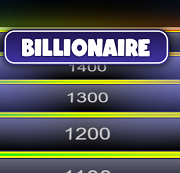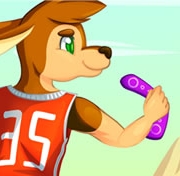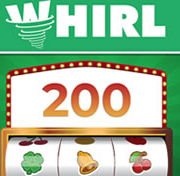Food Chains and Food Web, Science Game Activity for Children
This food chain science game helps kids understand the food web and its structure. This game can be used in Science education classes at school and encourages students to discuss how energy is transferred between organisms.
A food chain is a basic structure showing the flow of nutrients or energy from one trophic level to another. A food web, on the other hand, is a collection of food chains interconnected at multiple trophic levels. A food web is also a collection of all food chains in an ecosystem. Both concepts are closely related, as you can see.
Green plants are the first part of the food chain. Photosynthesis is a process that converts sunlight's energy into food. The first two food chains are herbivores and they are the main consumers of plants. Carnivores are the last members of the food chain and eat both meat and plants. Omnivores are animals that eat both meat and plants. Your students will be able to identify different members of the food chains with the help of the food chain science activity.
A simple food chain allows you to compare plants and animals at the next level, such as lions, giraffes, and trees. Each link provides food for the next. All food chains start with energy from sunlight. All living things on Earth need the sun to provide food, and plants use photosynthesis for food production.
Consider the example of the great-horned Owl to understand the food chain. The predator owl eats rats and mice, frogs and snakes among other things. Mice consume nuts, and plants the rest. The presence of an owl prevents prey species from overgrazing ecosystems. The predator can also decompose nutrients to recycle them.
Scientists study the energy flow in the food chain and use that knowledge to create effective conservation methods for animals.
In a food chain, there are many types of organisms. Some are predators while others are scavengers while others are decomposers. This helps children to distinguish them.
Extended Food Chain and Food Web Tips
Play this game with your children and have them create a food web. Next, they will connect the images on a large piece of poster paper. Next, ask them to determine whether animals from different chains would like to eat plants from the other. This activity helps students to understand the structure of the food chain. Students can use craft sticks to illustrate how each animal or plant is related to one another. Students can draw their own food webs or use Food Web Worksheets.
Students can research the topic online or in books about natural history after determining the purpose for a particular food chain activity. Omnivores often have more complex food webs than carnivores so it is important to look online for images of these types. They can also make paper food chains for students in lower grades. They can then discuss any questions raised in the post-activity assessment.
You can also create a food chain using clip art or magazines. An example of a food network would be a tree with a plant at its top. Students can make their own food chains using the examples of animals and plants in this activity. Students can then draw or write the animal and plant names. The food chain can be used to create a story.
Students can model how energy is transferred through an ecosystem using the Food Chain Science Activity. Students can create diagrams and models to understand how energy flows between organisms. They can also investigate the relationship between the sun, plants, and animals. This activity will provide the foundation for further research into how food chains function in an ecosystem. Students will also gain an understanding of interconnectedness between food chains and trophic pyramids.











